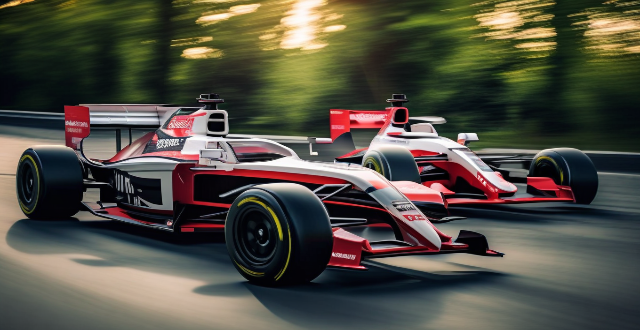The evolution of team mascots is driven by various factors, including design trends, technological advancements, cultural shifts, fan engagement strategies, and marketing initiatives. By adapting to these changes over time, team mascots can remain relevant and continue to captivate fans across generations.

How Do Team Mascots Evolve Over Time to Remain Relevant and Engaging?
Introduction
Team mascots are an integral part of sports culture, representing the spirit and identity of a team. As time passes, these mascots must evolve to remain relevant and engaging to fans. This evolution involves various aspects such as design, performance, and marketing strategies.
Design Evolution
Colors and Styles
The design of a team mascot often reflects the trends and preferences of the era it was created in. Over time, colors and styles may be updated to align with modern aesthetics while still maintaining a connection to the original design.
Technology and Materials
Advancements in technology and materials can also influence the evolution of team mascots. For example, new fabrics or manufacturing techniques may allow for more detailed and lifelike costumes.
Cultural Sensitivity
As societal values change, team mascots may be redesigned to avoid stereotypes or offensive imagery. This ensures that the mascot remains respectful and inclusive for all fans.
Performance Evolution
Interactivity
To keep fans engaged, team mascots may incorporate more interactive elements into their performances. This could include dance-offs, games, or social media challenges involving fans.
Storytelling
Mascots may also evolve to tell stories through their actions and appearances. These stories can connect with fans on a deeper level, creating a stronger emotional bond between them and the team.
Special Appearances
Special events, such as charity functions or local community gatherings, provide opportunities for team mascots to engage with fans outside of traditional sporting events. This helps to build a sense of community around the team.
Marketing Evolution
Social Media Presence
In the digital age, team mascots have expanded their presence on social media platforms. This allows them to interact with fans in new ways and reach younger audiences who may not attend live games.
Merchandising
As merchandising becomes more sophisticated, team mascots can be featured on a wider range of products. This not only generates revenue but also increases brand recognition among consumers.
Partnerships and Collaborations
Partnerships with other brands or characters can introduce team mascots to new audiences. Collaborative efforts, such as crossover promotions or limited edition merchandise, can create excitement and buzz around both parties involved.
Conclusion
The evolution of team mascots is driven by various factors, including design trends, technological advancements, cultural shifts, fan engagement strategies, and marketing initiatives. By adapting to these changes over time, team mascots can remain relevant and continue to captivate fans across generations.